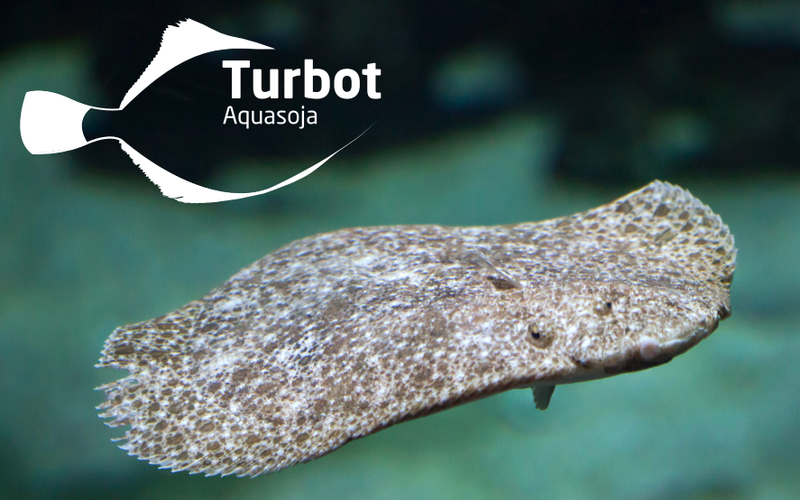Aquasoja has developed and launched in the past few years complete feeds for red drum (Sciaenops ocellatus) and turbot (Scophthalmus maximus), marine fish species that, compared to the “classic” seabream and seabass, are considered to be pickier in terms of ingredients acceptance or for which data and field experience is still lacking regarding nutrition and feeding. The commercial diets available for these species, including those from Aquasoja, have, therefore, been very conservative, i.e, strongly based on marine ingredients, complemented with vegetables. The goal was to mimic the eating habits of wild specimens, ensuring safe (non-disruptive), nutritious, and palatable recipes.
Unprecedented challenges as a trigger for a feed concept reinvention
Nevertheless, the aquaculture industry, in all its dimensions, has been facing since the pandemic of COVID-19, and more recently with the Russian-Ukraine conflict, unprecedented challenges that directly affect companies’ profits. The rise in energy and transport costs, the uncertainty about raw materials’ market behavior (highly impacting feed costs) or even sustainability raising issues, was the trigger for a recent concept reinvention of some fish feeds by the company. “We can also think about this as an opportunity to deconstruct some pre-concepts widely accepted on the feeding of red drum and turbot,” the company said.
Reminding successful cases
A few years ago, Aquasoja got very good results incorporating poultry co-products in seriola (Seriola dumerili) feeds for juveniles in a trial conducted in CTAQUA, Spain. These ingredients were well accepted in pre-grower fish and led to similar or even better growth performance results compared to marine-based diets. The good results followed in bigger seriola fish grown in industrial conditions.
“We can look for seriola as another good example of a species for which, despite great R&D efforts in the past few years, little is known on the nutrition/feeding side, leading aquaculture diets to be traditionally very conservative in their formula construction. Aquasoja’s commercial Seriola feed is hence considered innovative, as it successfully includes high-quality poultry co-products,” the company said.
“By poultry co-products, we mainly mean high protein and low ash poultry meal and hydrolyzed feather meal; poultry blood meal can also be used. Aquasoja has a lot of scientific data and field experience with poultry co-products in seabream, seabass, rainbow trout, meagre and other species. Why? Following Soja de Portugal’s business model, the company has access to poultry co-products properly treated and valued locally, allowing for better control of the traceability, quality, and freshness of these raw materials, as well as a reduction in its carbon footprint,” the company explained.
Turbot and red drum
Having all this in mind, the company is trying this feed approach in turbot and red drum. The experience with in-house produced poultry co-products in both species has been very positive, allowing for more economically and environmentally sustainable aquaculture operations and the company unveiled a line of feeds for turbot and red drum including processed animal protein, which is complemented with fishmeal, and other marine protein-rich ingredients.
The use of poultry co-products is possible in several carnivorous marine species, complementing fishmeal in delivering high biological value protein for desired fish muscle growth. “We believe the secret lies in the nutritional quality of poultry products following correct and controlled industrial processing methodologies,” the company concluded.













